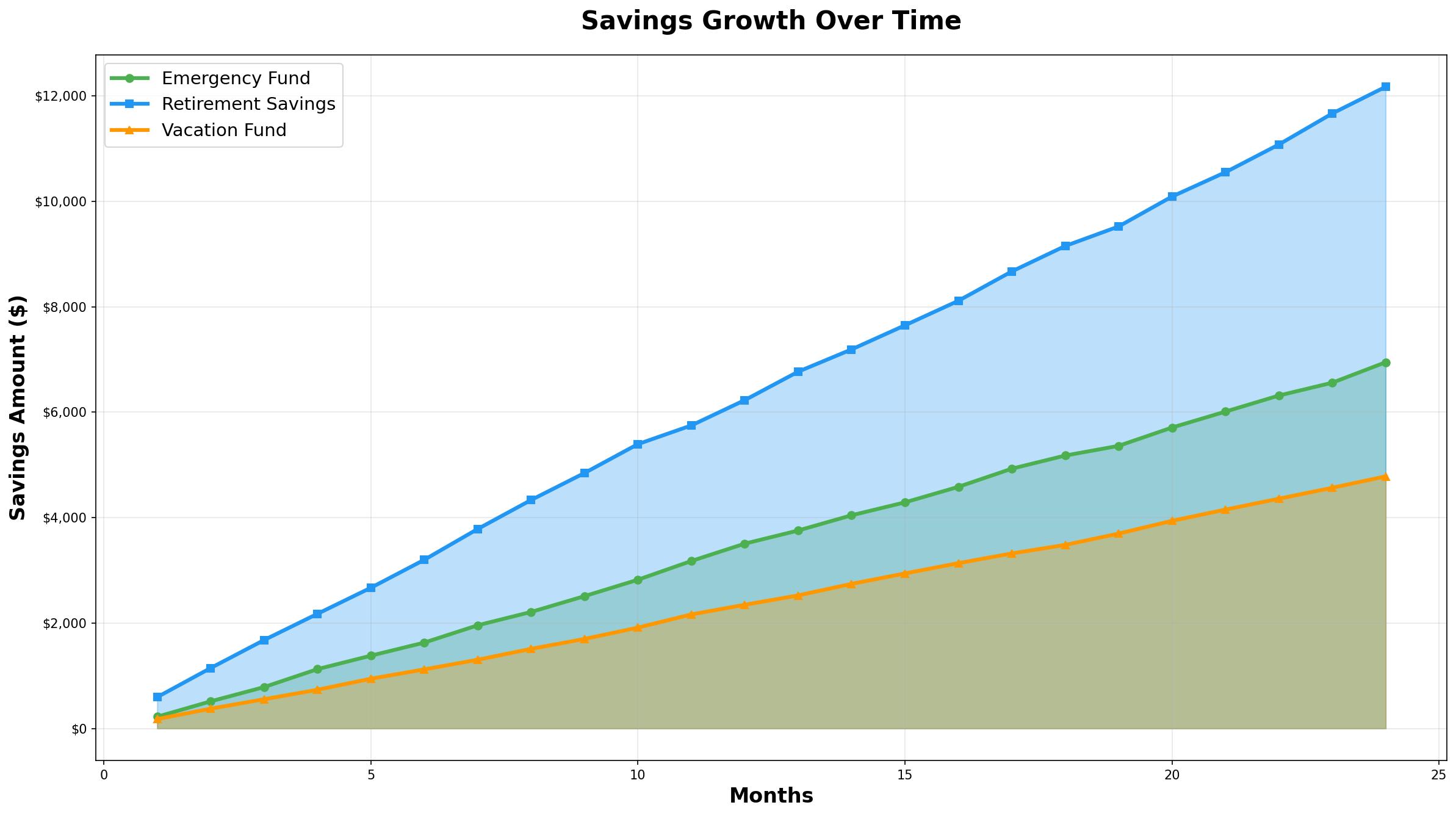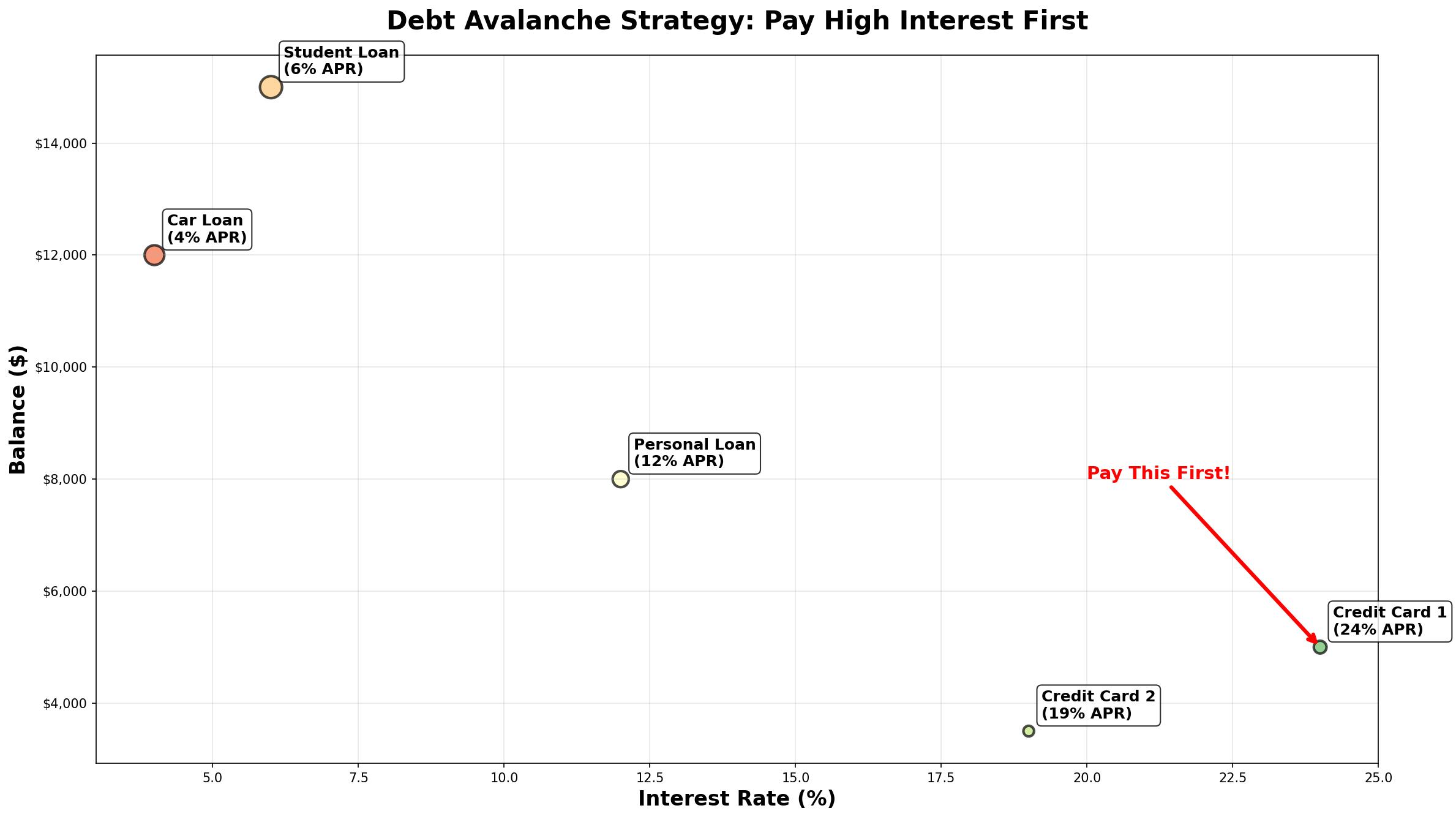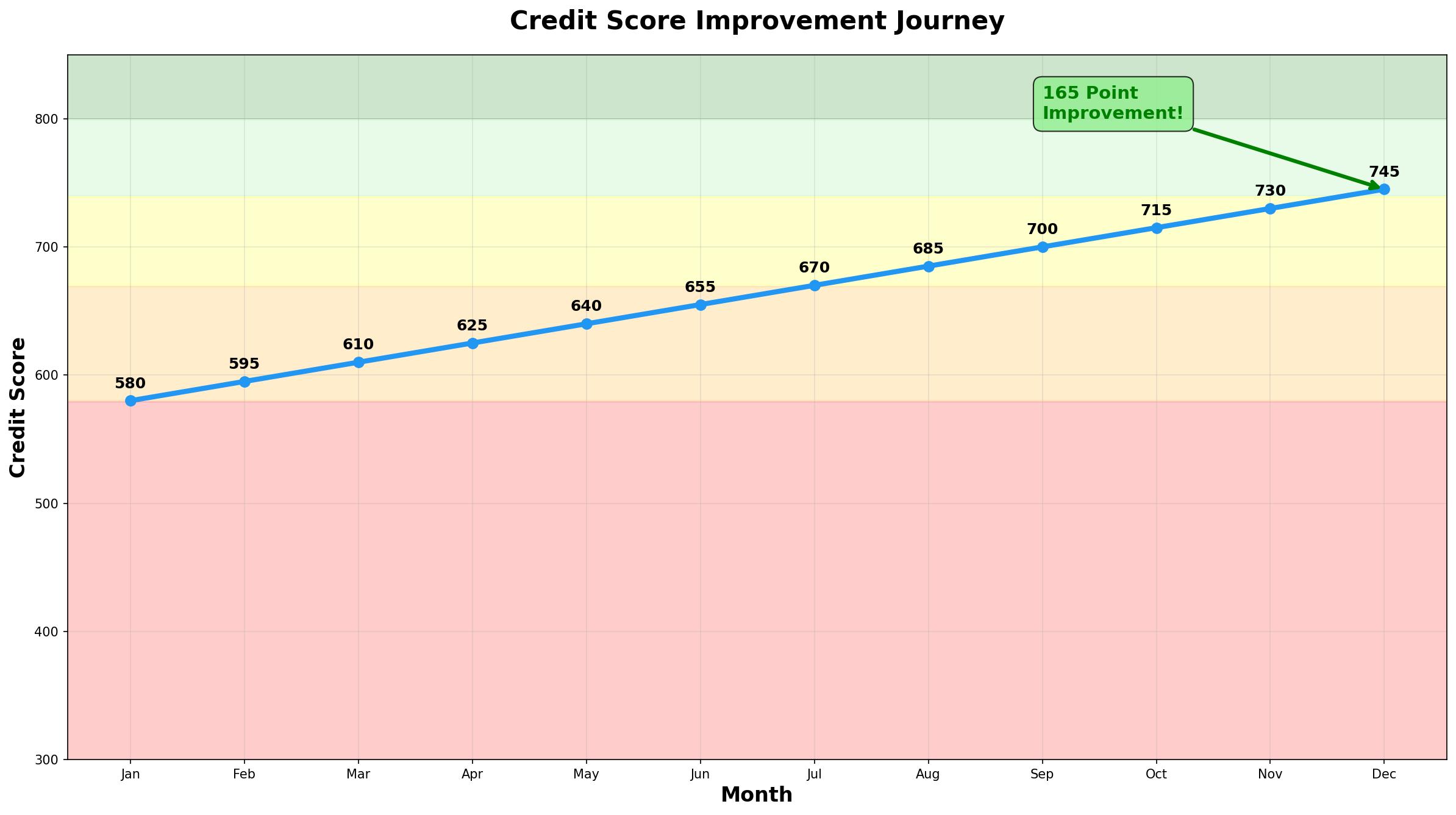
Debt Consolidation Guide: How to Combine Debts and Save Money in 2025
Learn everything about debt consolidation - from personal loans to balance transfers. Discover which method saves the most money and how to qualify for the best rates.
The key to financial success lies in mastering debt consolidation. This comprehensive guide will provide you with proven strategies, expert insights, and practical tools to achieve your financial goals faster than you ever thought possible.
Understanding the Fundamentals
When it comes to debt consolidation, having a clear understanding of the basics is essential. Many people jump into strategies without fully grasping the underlying principles, which can lead to costly mistakes and missed opportunities.
Key Concepts You Need to Know
The foundation of any successful debt consolidation strategy rests on several core principles:
1. Assessment and Planning
Before implementing any strategy, you need to thoroughly assess your current situation. This includes understanding your income, expenses, existing debts, and financial goals.
2. Strategic Implementation
Once you have a clear picture of where you stand, the next step is developing and implementing a strategic plan that aligns with your specific circumstances and objectives.
3. Monitoring and Adjustment
Financial strategies aren't set-and-forget solutions. Regular monitoring and adjustment ensure you stay on track and can adapt to changing circumstances.
Proven Strategies That Work
Based on extensive research and real-world success stories, here are the most effective approaches to debt consolidation:
Strategy 1: The Foundation Approach
This method focuses on building a solid foundation before advancing to more complex strategies. It's particularly effective for beginners or those who have struggled with financial management in the past.
Implementation Steps:
- Complete a thorough financial assessment
- Set clear, measurable goals
- Create a realistic timeline
- Establish tracking systems
- Begin with small, manageable changes
Strategy 2: The Accelerated Method
For those ready to take a more aggressive approach, this method can significantly speed up your progress. However, it requires greater discipline and commitment.
Key Components:
- Maximize available resources
- Minimize unnecessary expenses
- Focus on high-impact activities
- Maintain consistent effort
- Track progress closely
Strategy 3: The Balanced Approach
This strategy provides a middle ground, offering steady progress while maintaining flexibility for life's unexpected events.
Benefits:
- Sustainable long-term results
- Built-in flexibility for adjustments
- Lower stress and pressure
- Suitable for most lifestyles
- Gradual habit formation
Common Mistakes to Avoid
Learning from others' mistakes can save you time, money, and frustration. Here are the most common pitfalls to avoid:
Mistake 1: Lack of Planning
Many people jump into action without proper planning, leading to inefficient efforts and disappointing results.
Mistake 2: Unrealistic Expectations
Setting unrealistic goals or timelines often leads to discouragement and abandonment of otherwise sound strategies.
Mistake 3: Inconsistent Implementation
Sporadic efforts rarely produce lasting results. Consistency is key to achieving your financial objectives.
Mistake 4: Ignoring Professional Advice
While self-education is valuable, professional guidance can help you avoid costly mistakes and optimize your approach.
Tools and Resources
Having the right tools can significantly improve your success rate and make the process more manageable:
Essential Tools
- Budget tracking applications
- Debt payoff calculators
- Goal-setting worksheets
- Progress monitoring systems
- Educational resources
Recommended Resources
- Financial planning software
- Professional advisory services
- Educational courses and materials
- Community support groups
- Online calculators and tools
Real-World Success Stories
Nothing illustrates the power of proper debt consolidation like real success stories from people who have achieved their financial goals.
Success Story 1
Sarah, a 32-year-old teacher, used these strategies to transform her financial situation in just 18 months. By implementing a structured approach and staying consistent, she achieved results that seemed impossible when she started.
Success Story 2
Mark and Jennifer, a married couple with two children, overcame significant financial challenges by following proven methods and maintaining their commitment to their goals.
Taking Action: Your Next Steps
Knowledge without action produces no results. Here's how to get started:
Week 1: Assessment
- Complete your financial assessment
- Identify your primary goals
- Research available options
- Choose your preferred strategy
Week 2: Planning
- Create your detailed action plan
- Set up necessary tools and systems
- Establish your timeline
- Prepare for implementation
Month 1: Implementation
- Begin executing your plan
- Track your progress carefully
- Make minor adjustments as needed
- Stay focused on your goals
Ongoing: Optimization
- Review progress monthly
- Adjust strategies based on results
- Celebrate milestones achieved
- Continue learning and improving
Conclusion
Success in debt consolidation isn't about perfection – it's about progress. By understanding the fundamentals, implementing proven strategies, avoiding common mistakes, and taking consistent action, you can achieve your financial goals faster than you ever thought possible.
Remember, every expert was once a beginner. The key is to start where you are, use what you have, and do what you can. Your future self will thank you for taking action today.
Ready to get started? Use our free calculators and tools to create your personalized plan and take the first step toward achieving your financial goals. Your journey to financial freedom begins with a single decision – make that decision today!


